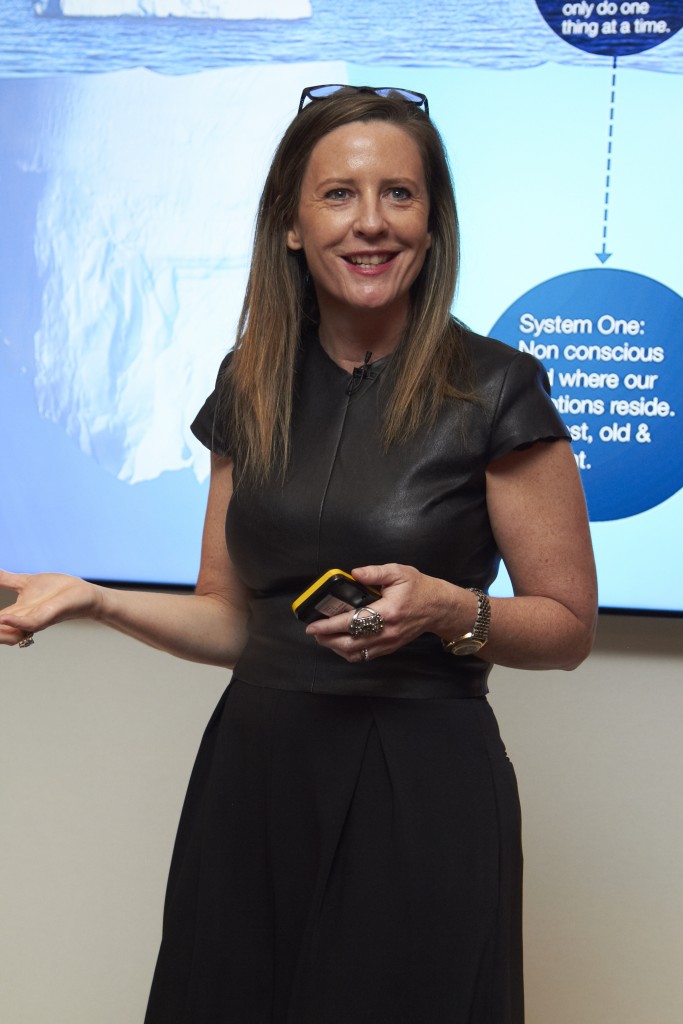
Teradata Connect Conference Interview
July 11, 2015
Teradata Connect Conference Interview
Last month Pip spoke at the Teradata Connect Conference in London. It was an amazing event with 1100 delegates and a load of great speaks such as Steve Hatch from Facebook, Biz Stone Founder of Twitter and Elaine Smith from Standard Life. Here is a repost of an interview Pip gave at the event.
One of your theses is that mapping a customer experience in the “old days” used to be easy – how did you go about this job?
Fifteen years ago, I was the Marketing Manager at Virgin Energy. There was no Facebook, Instagram or Pinterest. We sold our product through face to face salespeople, full page press ads and leaflets that fell out of newspapers. To map out how the customer experienced our brand was pretty straight forward. We draw it out on big pages of butchers paper and stuck it to the wall. We could see how the customer came to us and where the gaps were that we needed to fill along the way. The best part was that anyone in the business who had an idea on how to make it better, stuck up a post it note and we worked out how to make it happen.
What are the main differences, or should we call it detours, customers now take on their digital journey?
The main difference is the beginning part of the journey where consumers have a much greater bucket of brands and products on their radar. The amount of information they can sift through is endless so the danger of disruption is greater. But what we have seen in our study is that like the pre digital world, consumers still act habitually.
What do you and your staff at BrandHook do to still marketers’ fears of the digital world?
There is evidence to prove that consumers are equally habitual online and offline which should alleviate marketers fears of the new digital world as it starts to provide a framework for them to build their strategies. Get the cue & trigger right then strengthen the reward and consumers will form a ritual and routine with them.
If 90 percent of consumer behavior is going on in the non-conscious mind, how can brands really understand what makes customers tick?
The key to understanding the non-conscious mind is through ethnography and consumer immersions. By living in the consumers world we can watch and observe their natural (ritualistic) behaviour which helps us understand what they do naturally. What is so great is that we do that online and offline producing an omni channel view of how they interact with their brands.
You are currently authoring your first book to be released later this year. Could you give a brief outline?
We have actually turned our book into a series of podcasts that we are producing from July. Closing the Gap is a summary of the 7 things marketers can do to prevent digital disruption from connecting with their consumers. With the change in how consumers are behaving and their expectations of brands, this thinking gives marketers a process to keep the gap from widening as the digital world takes over.


